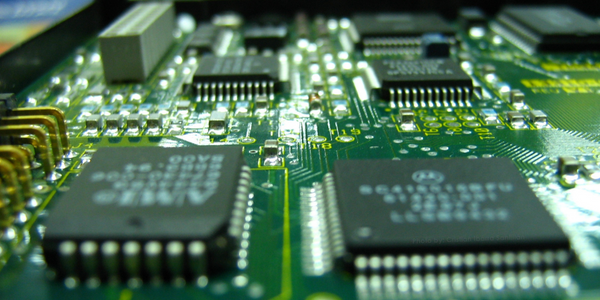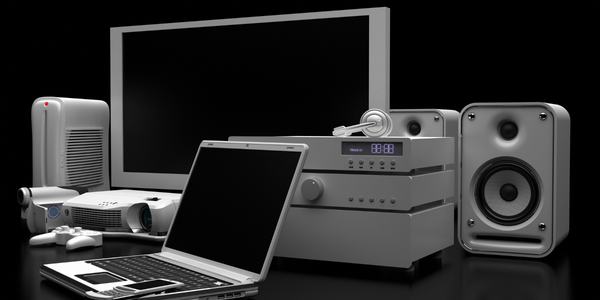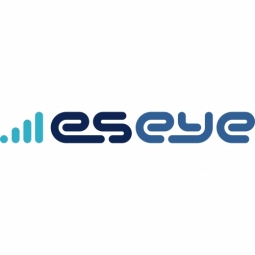下载PDF
IoT Connectivity Creates Worldwide Opportunities: A Case Study on Micro Systems and Eseye

技术
- 应用基础设施与中间件 - 中间件、SDK 和库
- 网络与连接 - 全球导航卫星系统 (GNSS)
适用行业
- 电子产品
- 电信
用例
- 库存管理
- 交通模拟
服务
- 硬件设计与工程服务
- 系统集成
挑战
寻找可以提供统一的全球 M2M SIM 卡的单一连接合作伙伴——允许 Micro Systems 的物联网解决方案在世界任何地方工作。
客户
微系统
关于客户
微系统公司。是尖端嵌入式电子解决方案的专家。它为各个行业的原始设备制造商 (OEM) 设计和制造过程控制和用户界面板,并开发管理软件。
解决方案
Micro Systems 的客户期望物联网解决方案能够根据他们的特定需求量身定制:标准软件或硬件产品总是会带来妥协和限制。与 Eseye 合作帮助团队在一个关键领域应对这一挑战:连接管理。
作为其解决方案的一部分,Micro Systems 为客户提供了一个定制的门户网站,客户可以通过该门户网站查看有关连接的实时数据、监控服务、安排维护和安排远程协助等。
Eseye 提供应用程序编程接口 (API),使其 AnyNet 连接管理平台能够与第三方企业应用程序互操作,例如 Amazon Web Services (AWS) IoT Core 和 Micro Systems IoT 平台。 API 允许在 Eseye 的平台和客户自己的管理平台之间发送和接收关键设备数据——使他们能够从物联网数据中提取价值,并为他们的项目提供未来保障。它还使客户能够以直观的方式从一个门户(无论他们的产品部署在何处)查看和控制他们的所有 SIM 卡。
运营影响
数量效益
相关案例.

Case Study
Remote Temperature Monitoring of Perishable Goods Saves Money
RMONI was facing temperature monitoring challenges in a cold chain business. A cold chain must be established and maintained to ensure goods have been properly refrigerated during every step of the process, making temperature monitoring a critical business function. Manual registration practice can be very costly, labor intensive and prone to mistakes.

Case Study
Cloud Solution for Energy Management Platform-Schneider Electric
Schneider Electric required a cloud solution for its energy management platform to manage high computational operations, which were essential for catering to client requirements. As the business involves storage and analysis of huge amounts of data, the company also needed a convenient and scalable storage solution to facilitate operations efficiently.

Case Study
Leveraging the IoT to Gain a Competitive Edge in International Competition
Many large manufacturers in and outside Japan are competing for larger market share in the same space, expecting a growing demand for projectors in the areas of entertainment, which requires glamor and strong visual performance as well as digital signage that can attract people’s attention. “It is becoming more and more difficult to differentiate ourselves with stand-alone hardware products,” says Kazuyuki Kitagawa, Director of Service & Support at Panasonic AVC Networks. “In order for Panasonic to grow market share and overall business, it is essential for us to develop solutions that deliver significant added value.” Panasonic believes projection failure and quality deterioration should never happen. This is what and has driven them to make their projectors IoT-enabled. More specifically, Panasonic has developed a system that collects data from projectors, visualizes detailed operational statuses, and predicts issues and address them before failure occurs. Their projectors are embedded with a variety of sensors that measure power supply, voltage, video input/ output signals, intake/exhaust air temperatures, cooling fan operations, and light bulb operating time. These sensors have been used to make the projector more intelligent, automatically suspending operation when the temperature rises excessively, and automatically switching light bulbs. Although this was a great first step, Panasonic projectors were still not equipped with any capability to send the data over a network.








